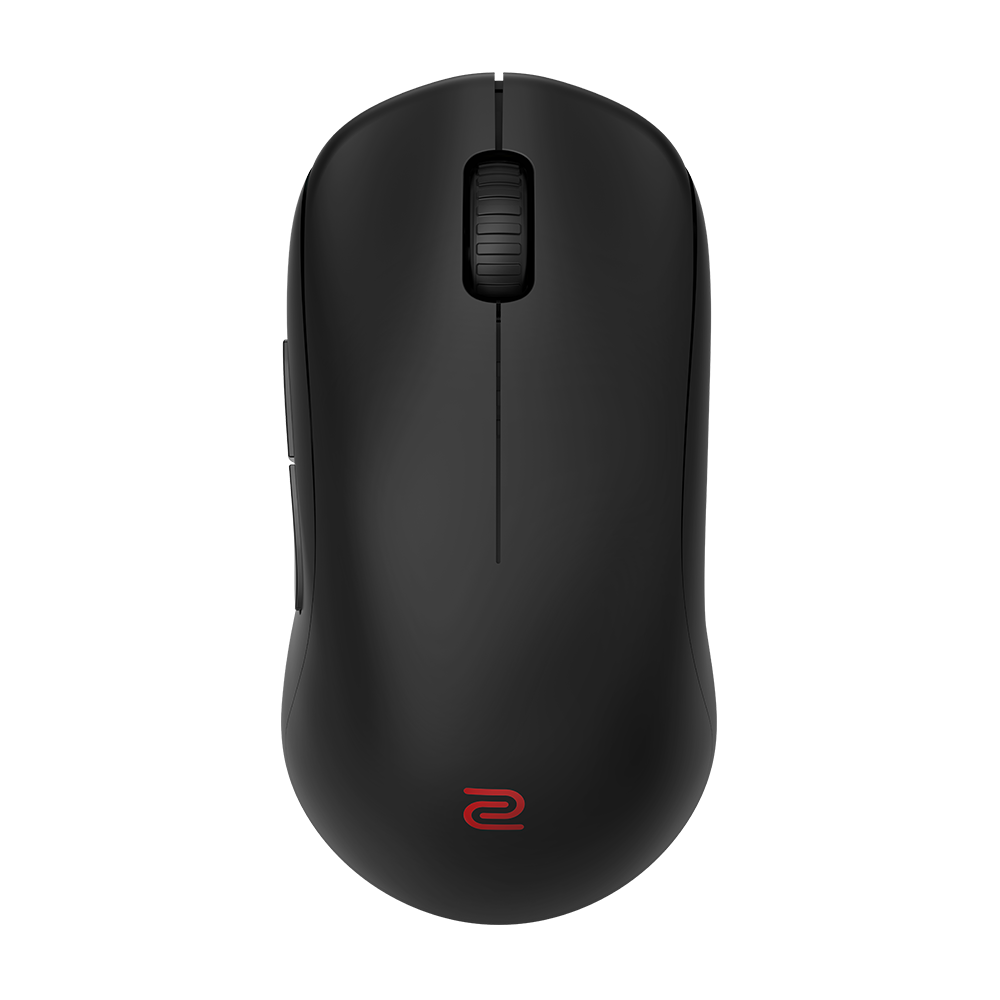The claw grip arches the hand, with fingers sharply curved and only the fingertips touching the mouse buttons. This posture allows for precise adjustments using both the wrist and fingertips, minimizing the use of the forearm and shoulder for flexible control.
Advantages:
1. Higher Speed and Responsiveness
Among the three grip types, claw grip shows higher speed and acceleration in flicking tasks, indicating that users tend to employ rapid movement techniques to achieve targets.
2. Flexible Control and Fine Adjustment
By bending the fingers and keeping the palm off the mouse, the claw grip allows simultaneous use of both wrist and fingers for adjustments, providing more flexible control strategies.
3. Balanced Stability
Combining explosive movements with fine adjustments, claw grip makes it easier to perform large movements in a short time while still allowing finger corrections, suitable for scenarios requiring quick flicks.
Drawbacks:
1. Higher Sustained Tension and Fatigue
Longer and less efficient aiming paths: excessive corrective movements may result in longer trajectories resulting in tension and fatigue.
2. Less Suitable for Long Tracking
Higher sustained tension results in finger flexors and wrist extensors maintaining a bent posture with prolonged isometric contraction during long tracking which increases fatigue.
3. Tremors from Unbalanced Fingertip Force
Stability can be affected by control strategy: if wrist or fingertip force is unbalanced, small tremors may occur.









